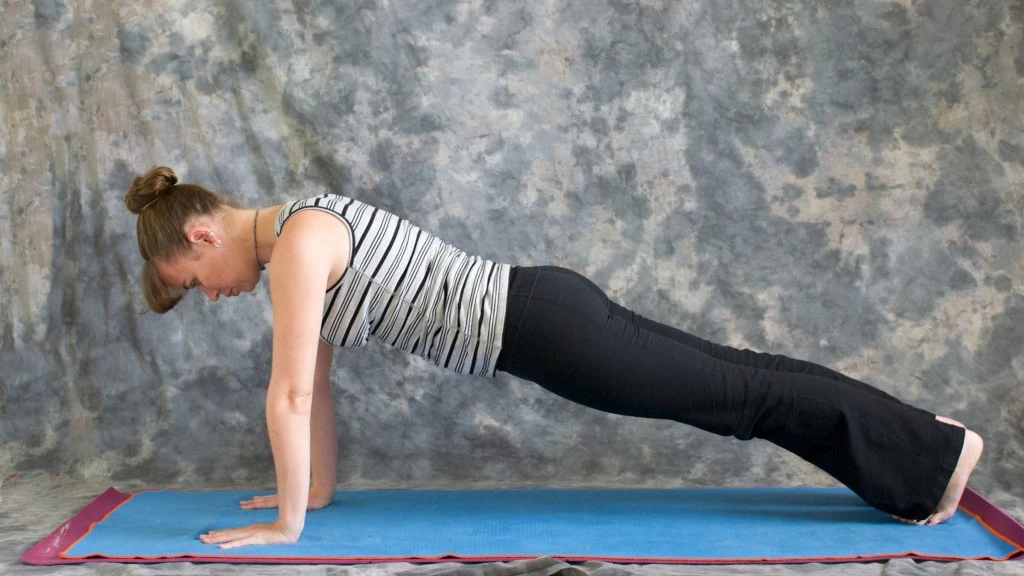Teaching Meditation to Wounded Warriors

With the wars in Iraq and Afghanistan stretching past the 10-year mark, the number of veterans suffering from post-traumatic stress disorder, or PTSD, is estimated at a staggering 1.6 million. But less than half of returning soldiers who display symptoms of PTSD seek help for their condition, which accounts for the high rates of suicide, alcoholism and drug abuse among vets.
Counseling and drugs have proven of limited use to help veterans with PTSD recover from the trauma of war. Several studies have shown that yoga shows promise as a way to combat the depression and anxiety associated with PTSD. According to a new study, the meditation technique Transcendental Meditation (or TM), may provide an effective way to combat the depression and anxiety associated with PTSD as well.
The study evaluated five veterans who served in moderate-to-heavy combat zones in Iraq, Afghanistan or both. The researchers found that, after practicing TM twice a day for a period of several months, the afflicted vets reported significant reductions in stress and depression, as well as decreased interpersonal strife, and an increase in overall quality of life.
“Even though the number of veterans in this study was small, the results were very impressive,” said Norman Rosenthal, one of the head researchers on the study. “These young men were in extreme distress as a direct result of trauma suffered during combat, and the simple and effortless Transcendental Meditation technique literally transformed their lives.”
The science behind these results isn’t complicated: meditation produces long-term changes in the sympathetic nervous system (also known as the “fight-or-flight” response), helping the chronically stressed vets to become less reactive and more relaxed.
“Joe,” one of the veterans who participated in the study had this to say about the effect of TM on his life:
“I now feel that I can relax before the day and unwind completely at day’s end,” he said. “I can be more orderly and think more clearly before acting. I project a positive vibe at work and the thoughts of events that were disturbing or causing problems for me are less detailed. I am thankful for what I have and where I am in my life.”
Currently, the only military approved treatment for PTSD is something called “aversive deconditioning”—showing afflicted vets computer-simulated battlefield conditions—which is expensive and has to be implemented with special equipment by specially trained personnel. One of the benefits of TM as a treatment for PTSD is that it’s much cheaper to implement and much easier for vets to practice on their own.
“If even a small percentage of people with PTSD were to obtain the kind of benefits Joe reports,” writes Rosenthal on FoxNews.com, “then teaching our wounded warriors to meditate promises an abundant return on our investment.”
The TM technique is one of the most widely practiced and best-researched meditative techniques practiced today. Introduced by the Maharishi Mahesh Yogi in the 1950s, it has grown into a popular, worldwide movement and piqued the interest of scientists because of its reported healing properties.



